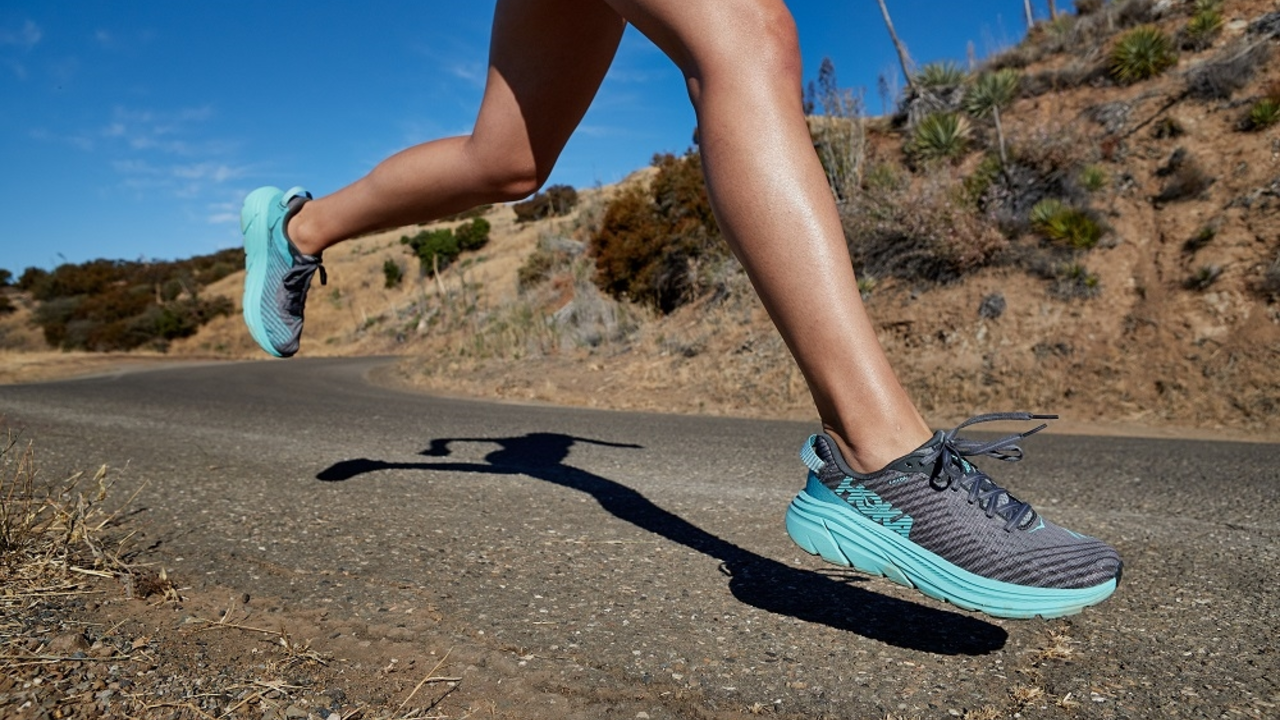Running in Cleats – August 2023 Archive
When working with Running in cleats, the act of jogging or sprinting while wearing studded footwear designed for grass or turf surfaces. Also known as cleated running, it can boost traction and technique but may cause discomfort on hard ground.
Running in cleats gives you a grip that feels like a magnet on grass or artificial turf. The studs, which are part of cleats (footwear), shoes with metal or plastic spikes that dig into soft surfaces, lock into the ground and let you push off with confidence. This extra grip, the friction between studded soles and the playing surface can actually improve your toe‑off, helping you run faster and stay balanced when you change direction quickly. The trade‑off is that the same studs can create pressure points, especially if the fit isn’t perfect, leading to painful blisters, skin irritations caused by friction or pressure from tight shoes. Plus, because these studs need a soft turf surface, natural grass or artificial turf that can compress under pressure to work properly, stepping onto concrete or packed dirt turns that grip into a slip hazard. In short, you gain surface‑specific performance at the cost of comfort on harder terrain, and you have to weigh those factors before you hit the field.
Choosing the Right Pair and Staying Safe
Not every pair of cleats is built the same. Stud layout, length, and material affect how much grip you get on different turf surfaces. Shorter, bladed studs work well on firm natural grass, while longer, conical studs excel on softer artificial turf. When you pick a pair, check the fit around the toe box; a snug but not tight fit reduces the chance of blisters while still allowing the studs to bite into the ground. Breaking in new cleats with short walks on the intended surface helps the foot adjust and the studs settle into their optimal angle. If you must run on a hard track or pavement, consider swapping to a flat‑sole training shoe; the studs will lose their bite and the hard ground can turn the pressure into painful bruises.
Below you’ll find the August 2023 post that dives deeper into the pros and cons of this footwear choice, offering practical advice on how to maximize the benefits of cleated running while minimizing the downsides. Whether you’re a weekend player or a semi‑pro, the insights will help you decide when to lace up, how to care for your shoes, and what to watch for on different playing fields.
